Hello everyone:
The quote of the week is from the ever-relevant Rachel Carson, in Silent Spring:
Over increasingly large areas of the United States, spring now comes unheralded by the return of the birds, and the early mornings are strangely silent where once they were filled with the beauty of bird song.
As always, please remember to scroll past the end of the essay to read some curated Anthropocene news.
Now on to this week’s writing:
Have you ever seen a bird hit a window? I’ve seen a few, usually songbirds scared up from the feeder and blind to the mysteries of glass. The lucky ones arrive at low speed with wings still flared. I haven’t witnessed any immediately fatal strikes, but have found more bodies than I care to recall: cedar waxwing, sharp-shinned hawk, chickadees, and too many of the feathered morsels we call warblers. Rather than raising young and making another astonishing migratory flight to the forests of Costa Rica, say, or Venezuela, the warblers lie dead and unseen under someone’s living room window.
Then there are the birds that hit and fly off, which experts say will often die later of internal injuries. There have been a few – black and white warbler, kingfisher, veery – Heather and I held in our hands and briefly cared for before they flew off to unknown fates.
And then there are the majority of birds whose collisions against our homes we never notice. This happens hundreds of millions of times a year in the U.S. Sometimes they leave a signature.
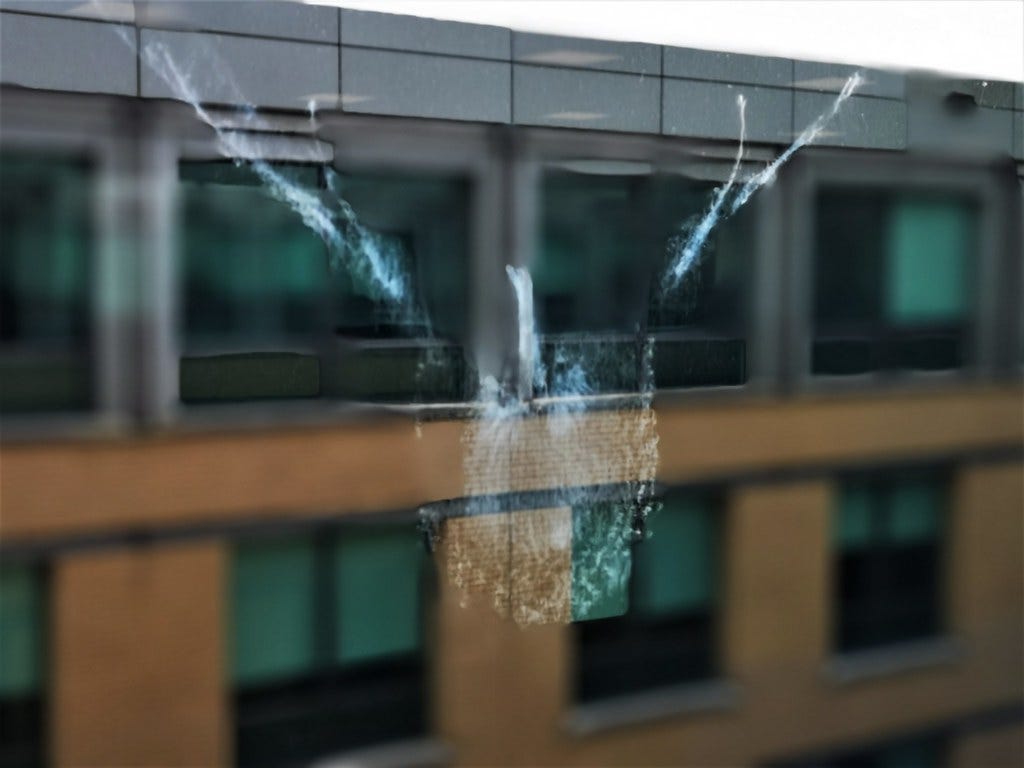
Some of you will recall a pair of essays I offered back in March and April under the title Memoir in a Handful of Birds. If you’re a new subscriber who likes a (more cheerful) feathered story, check them out. One anecdote I didn’t mention in those essays took place on a morning in college, as I sat eating breakfast with my back to a pair of sliding glass doors. I heard a heavy whump and turned quickly to see a red-tailed hawk about a foot off the deck, desperately trying to gain altitude. She had saved her life by flaring her wings at the last moment, perhaps as the solidity of the glass registered.
Why had she flown so hard at the door? Because my housemate’s white long-haired cat, who no doubt looked like a tasty rabbit, was sitting an inch from the glass. I’ve told this story many times, mostly for comic effect, because the cat didn’t move an inch during the entire event. As the red-tail flew off, the cat still sat gazing out into the back yard. I’ve never known whether the cat was so numb that he didn’t understand the threat or so brilliant that he was toying with the hawk from the beginning. (My vote is for numb, really, but I like the ambiguity.) In retrospect, though, I’ve always told the story from the perspective of only two of its three characters. I’ll try to fix that here.
Bird strikes against glass have a very particular sound, the soft whump of body accented with the sharp tack of beak. We rush to the window, faces pressed against the glass or leaning out into the fresh air to see who hit and if they’ve flown away. Whether the bird is stunned on the ground or hidden on a nearby branch, much depends on what the next hours bring. There’s a silence in the house then, an emptiness after the whump, that is in part a realization of what all this glass means in an Anthropocene world.
What birds see, often, is the reflection of their world, if through the glass darkly, but which seems only a continuation of life as they know it. There is no such thing as a vertical reflection in the natural world, though: no mirrors, no glass in a wall, only puddles and ponds below.
Which begs the question: What is a window to a bird? I’m tempted to compare the mystery of it to our awareness of gravity – unseen but inferred by its irresistible force – but glass is unlikely to conjure theories in birds. Perhaps it’s better to equate their relationship to glass with our experience of sudden grief: strange and unmeasurable, impossible yet fatally real, a door into a shadow world that’s closed to the living, a dark forest that is there and not there.
For that matter, what is a window to us? In one sense, we’re as blind to it as the birds. Transparent glass is a technology so ubiquitous it’s socially invisible, yet we’re physically and emotionally dependent upon it. Few of us know much about how it’s made, though we’re surrounded by it. A necessity in nearly every building, a status symbol for the wealthy, access to fresh air and light in our boxed-in lives, and so much more, window glass is thus a window into the Anthropocene. It’s a miracle, a privilege, and one of the fundamental narratives of chemistry and heat changing the world.
When was the last time you weren’t near a window? Even on a walk in the woods, you probably have one in your pocket. These screens between us now, the one I write on and you read on, are two more windows buffering us from the real world.
Yet, for all that, technology still sometimes leans toward poetry. Here I am, trying to make some sentences sing so we can all see the real world more clearly. And so a window becomes an extension of the human eye, a single-lens scope extending our sight beyond our physical and mental walls. And our eyes, blessed things, are windows between the mind and the world that created it.
The question that will determine our fate in this century is whether we will use our eyes and windows to see ourselves as part of the natural world in its communal complexity, or whether we’ll continue to see around us merely an inanimate world that feeds the machine of civilization.
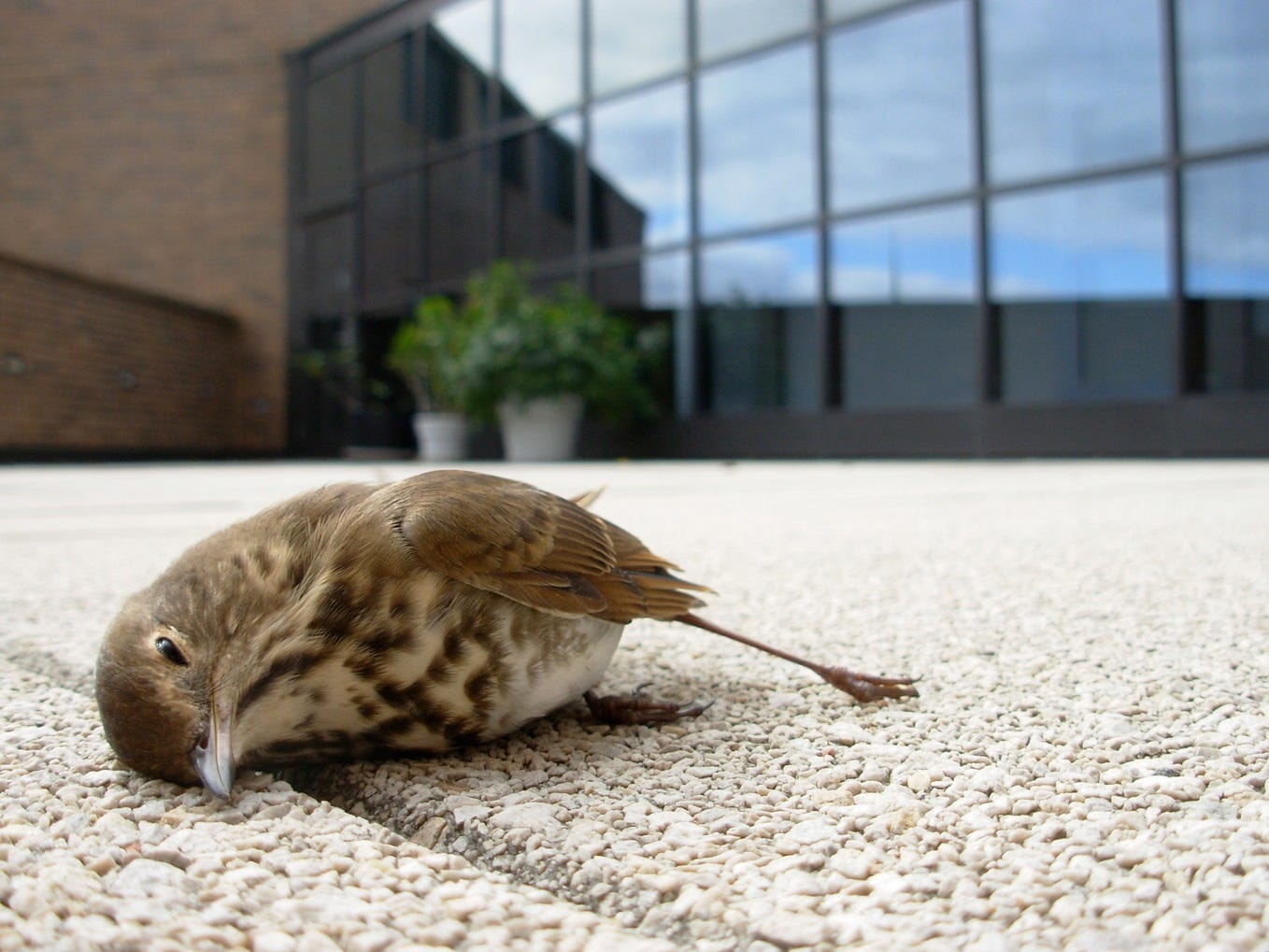
We and the birds are both living lives behind glass. People are behind walls but want to be connected. In our climate-controlled lives, we still want the light and the view. We dream of being part of the fabric with little of the discomfort and few of the obligations. The life of birds, meanwhile, is all connection and obligation. To my imagination, at least, they’re the needles always moving, stitching the fabric together, linking sky to earth, converting sunlight to feathers and providing metaphors for grace. But because we now set the terms for life on Earth, they’re restrained by the glass walls that have popped up everywhere.
Increasingly, our buildings fill the landscape. Too much of the living world and its mineral foundation have passed through the industrial blender of civilization to become the stuff that forms and fills our buildings. What we leave for birds, and all other life, grows smaller by the day.
We don’t see a tree – home, habitat, caterpillar cafeteria – as birds see it, nor do we know the richness of the earth as they do. We neither feel nor navigate the air with their intelligence. The rain is not our bathhouse. So I suppose it’s no surprise that we scarcely think about our architecture as a bird does.
Our buildings occupy the space where forests, wetlands, and grasslands once stood. They provide little in the way of food. They deflect water rather than offering it in leaf-lit drops. And with their windows they perform a fatal magic trick: they are as solid as stone but allow light to pass through where a bird cannot.
This magic trick is disappearing hundreds of millions of birds, but it doesn’t have to.
Estimates for the number of avian collisions with windows in the U.S. start at one million per day. That’s the low-end. The upper end is a billion per year, or 2.7 million per day.
Usually, the birds-against-glass story is a tale told about tall, brightly-lit cities disrupting the rivers of migration, about the hubris of glass buildings and the tragedy of birds dead on the sidewalk below, and about the indifference of policy that could fix it. It’s a true story. Often that story has centered on Chicago, perhaps the worst city for avian deaths during migration. And lately, the story has centered around McCormick Place, the largest convention center in North America.
On the night of October 4th and into the morning of the 5th, a million birds passed over and through Chicago. Nearly a thousand of them died against the glass of McCormick Place, with another hundred injured. Heavy weather forced the birds low, and the convention center had its lights up high. A volunteer, used to collecting dozens of carcasses during migration at McCormick, had to pick up 966 little bodies that morning. Hundreds more were picked up elsewhere in the city.
But as terrible as that is, here’s the information that stunned me in the reporting: Since 1982, volunteers “have collected nearly 160,000 dead birds from Chicago sites, about a quarter of them from McCormick Place.” That’s 40,000 birds dead beneath the windows of a single facility, at an average of a thousand per year over 40 years. And it doesn’t account for the injured birds that flew off to die later. Is there a clearer example of the indifference of public policy to gross biodiversity loss? The building is an unindicted serial killer.
You can read excellent accounts of the October 4th massacre at Audubon, Yale e360, and at the Atlantic. I recommend them especially to anyone living in a city who wants to help create bird-friendly policy. Each piece offers history and context for the problem and a list of available policy solutions, some of them slowly being enacted. There’s a lot more to learn than I’ve touched on here.
For example, there’s additional mortality in birds, already pushed to the limit by migrations, who die not from collisions but from exhaustion after flying in confusion through well-lit urban areas. And even though the tall bright buildings draw in and confuse the birds who are trying to navigate by the stars, most collisions occur below a hundred feet. The good news is that studies show that drawing curtains or turning off lights at night, and making windows visible to birds by day, can reduce mortality by huge margins.
Dozens of cities have joined Audubon’s Lights Out program, which encourages turning lights off during migration periods. But given that Chicago was the first to join, in 1999, the program seems limited in its effectiveness. Likewise, the managers of McCormick Place have taken steps in recent years to reduce avian mortality, but are clearly either indifferent to or sloppy in meeting their obligations. And as the man who found the 966 bodies that morning at McCormick Place noted, most new glass buildings in Chicago still “seem designed to kill birds.”
But cities may not be as mortal to birds as the rest of the human landscape. One study, at least, found reason to believe that buildings in rural areas may pose a larger risk, if only because there are so many of them spread across a much, much larger area. The big bright cities cover only a small part of the world beneath all those wings.
If you live outside a city, imagine you’re flying low over the rural and suburban landscapes of your town, county, state. How many windows do you see? How many brightly lit downtowns? How many businesses with big plate glass windows and exterior lights on all night? How many houses with glassed-in porches, picture windows, or sliding glass doors? How many unoccupied vacation homes with walls of glass?
Those hundreds of millions of birds flying across the continent at night during migration will mostly finish the journey in wild, rural, and suburban areas, not in cities. They join the year-round resident birds in living their ancient patterns of existence, upon which our towns, counties, and states have squatted. If even a small percentage of the 111 million buildings across the U.S. are regularly killing a handful of birds, it’s a catastrophic loss.
And an avoidable one. I began the writing by asking if you’d seen a bird hit a window. I’ll finish by talking about ways to reduce that possibility, cheaply and effectively. Let’s start at home. My primary source is Audubon, which through the Bird-window Collision Working Group provides a list of resources, among them two excellent two-page brochures: Bird Safe Homes, and Bird-window Collision Deterrent Methods and Relative Costs. Definitely check them out.
Remember there are two problems with glass: reflections and transparency. Birds will want to fly into the reflected world or through to another window. If you have windows that cover both sides of a corner of the house, birds will want to cut that corner. If you have large picture windows, birds will see them as large invitations. If you have glass porch railings, birds will have no idea they’re there.
If you know which windows in your home or business have been hit by birds before, start there. Then focus on windows closest to where the birds are: bird feeders and the side(s) of the house with good bird habitat.
There are several affordable and effective options for treating windows: strings, dots, tape, screens, and paint.
Strings: Acopian Birdsavers, designed by a family that’s been using them since the mid-1980s, are an elegant solution that you can either buy or make yourself. Extensive research shows that they reduce collisions by 90%. Nicknamed “Zen wind curtains” for the way they sway in the breeze, the BirdSavers are simply a line of cords hung every four inches from the top of a window frame. I made a quick and clunky version myself, as you can see in the photo above. They’re extremely easy and cheap to make. (Typically, they’re made with dark green paracord, which looks better than the white clothesline I used.) Check out the Acopian site to see how elegant and effective this solution is.
Dots: Feather Friendly dots have become a common solution, especially in commercial applications. Based on extensive research, a tight grid of dots (no gaps wider than 4” across and 2” up and down) across the outside of a window will prevent a majority of bird strikes. You can purchase them from Feather Friendly in tape form; you apply the tape and remove the backing, leaving the dots. They offer light grey dots for reflective windows, and black dots for glass that birds try to fly through. Explore their site for other options, including a quote for larger applications.
Tape: You know those advertisements splashed across bus windows, made from a nylon adhesive tape that’s opaque from the outside but transparent from the inside? That’s what CollideEscape offers in sheets, in a variety of options, including dot patterns, plain white, and clear. They also offer an option to upload your own images, which they’ll print onto the tape. Also, Feather Friendly offers BirdTape from the American Bird Conservancy. BirdTape, made from the same translucent nylon, is applied like the Acopian BirdSavers, in lines across the window.
Screens: Any screened window reduces reflection and transparency. Birds still hit them sometimes, but a taut screen will significantly reduce injuries. For windows without screens, it’s possible to have screens built to fit them. But strings, dots, and tape are cheaper, easier, and less intrusive solutions.
Paint: Buy some tempera paint and let the kids (or yourself) have some fun painting designs across the windows that pose the greatest threat. It’s easy to use and to clean up, and you can update the art whenever the urge strikes.
Another way to keep birds from windows is to place your bird feeders farther away from the house.
Here’s what doesn’t work:
Anything you put on the inside of the glass: Window treatments must be on the outside to break up the reflections and reduce transparency.
Random bird-shaped stickers, even if it looks like a hawk.
Curtains, shades, and blinds help with transparency, and with light at night, but not with reflections.
As you explore the options I’ve provided here, you will likely feel hesitant to clog up your view with string, dots, tape, screens, or paint. After all, a window is meant to offer a clear view of the world, right? But here’s my view: If we’re able to wince and keep going about our business as hundreds of millions of birds die below our windows – our privileged view of the world – then we’re certainly able to wince and put up with some strings or transparent dots ornamenting the glass. All we have to do is care a little more and adjust our view of the world accordingly.
And I can tell you from experience that you’ll stop noticing the treatments pretty quickly. Heather and I are going to apply some more soon, though we haven’t decided between strings or dots.
Christmas is coming. Why not buy something for the birds?
Finally, be ready for the moment you hear the whump and tack. Locate the animal rescue facilities in your area and keep their contact info handy. Here in midcoast Maine, we have the great folks at Avian Haven. Not long ago we rescued an injured mourning dove and they sent a volunteer to pick her up.
Better yet, maybe keep these animal rescue facilities in mind as you’re looking for worthy organizations to donate to this giving season. They never have all the funds they need to do all the work that needs doing. They, and the wildlife that falls to the ground at our feet or beside our roads needs all the help we can provide.
Thanks for sticking with me.
In other Anthropocene news:
First, something (mostly) fun: From the BBC, a chance to vote on the People’s Choice Award in the Wildlife Photographer of the Year Awards. I’m partial to the turtle and dragonfly image, or maybe the polar bear napping, but they’re all amazing. There are a few very Anthropocene images – fox in trash can, elephant in landfill – to darken the mood, but they’re good reminders that wildlife is everywhere.
From Reasons to Be Cheerful, the amazing Sylvia Earle, at age 88, is still tirelessly working to protect the oceans. Her Hope Spots initiative now protects 158 biodiverse ocean sites around the world. Earle is an optimistic realist; she knows the state of the world, particularly the oceans, but also knows that
this is literally the best time that I can think of in all of history to be alive because just in my lifetime, I’ve witnessed greater insight, greater knowledge, about the fabric of life.
From the Guardian, the new field of environmental neuroscience is laying a foundation for what many of us already know: time outdoors is necessary for a healthy mind and body. Among the interesting findings is that we don’t necessarily have to like being outdoors to obtain the cognitive and emotional benefits. You can be grumpy and unhealthy, or you can take a daily walk and be grumpy and healthy…
COP 28 has begun in the UAE. You can peruse the event schedule, which includes numerous vital meetings that will help determine the fate of the Earth. And then there’s other stuff: You can, for example, fly in your private jet to the UAE and attend the discussion titled Responsible Yachting, Today and Tomorrow. The big news, though, is that there is pretty universal disregard for COP28 president Dr. Sultan al-Jabar, who is also CEO of the UAE's giant state oil company, Adnoc. As the BBC and other outlets are reporting, al-Jabar is using the conference to arrange more fossil fuel deals around the globe. To clarify just how ethically-challenged this is, one expert told the BBC,
the UAE at the moment is the custodian of a United Nations process aimed at reducing global emissions. And yet, in the very same meetings where it's apparently trying to pursue that goal, it's actually trying to do side deals which will increase global emissions.
But we should be paying attention to COP28 anyway, as Emily Atkin at Heated points out. There’s too much at stake, especially for those vulnerable nations and peoples who “do not have the privilege of tuning out a COP, not matter how corrupt its leaders are.”
From the New Yorker, the arrival of “virtual power plants” has begun. Bill McKibben explains how utilities are now beginning to rely on large networks of homeowners with battery storage when the grid is challenged by storms or heat.
From the Guardian, how the Nordic countries (Norway, especially) pioneered the heat pump revolution and continue to install them at a rapid rate. Two-thirds of Norwegian homes have heat pumps, which work very well in the cold, even above the Arctic Circle, despite the disinformation campaign from the gas industry that continues to slow the installation rate elsewhere in Europe.
From the Post, a summary of what we know so far about using microbes and insects to break down plastic waste. Much has been learned, but there’s a long way to go before scaling up to commercial usage is possible. The best solution is still the reduction on plastic production and waste.
From Knowable, the ambitious emissions goals for the global shipping fleet – net-zero by 2050 or so – will require a range of strategies.
Here are four important stories from the Times:
How a handful of people with vested interests are resisting much-needed rules to limit industrial-scale destruction of groundwater reserves. The ancient aquifers beneath our feet can take centuries or millennia to recharge, but self-serving, deep-pocketed interest want to retain their access to water that all of society relies on. This article is one more in a series of vital reports from the Times, called Uncharted Waters, on how the U.S. is sucking its aquifers dry and, so far, doing very little to reverse the trend.
An illustrated article on how electricity is being generated around the world, region by region and country by country. You can see the trends in renewables as well as in fossil fuel usage over the last 20 years. The graphs are both heartening and dispiriting as the burning of coal, gas, and oil is still increasing even as renewables are surging.
How a recent experiment with deep-sea jellyfish suggests that the sediment kicked up from seafloor mining, if it’s permitted, may disrupt ocean ecosystems.
And, finally, the story none of us want to read: How the U.S. appetite for avocados is driving deforestation, water theft, and corruption in Mexico.

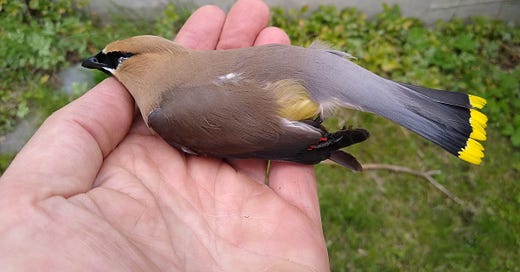




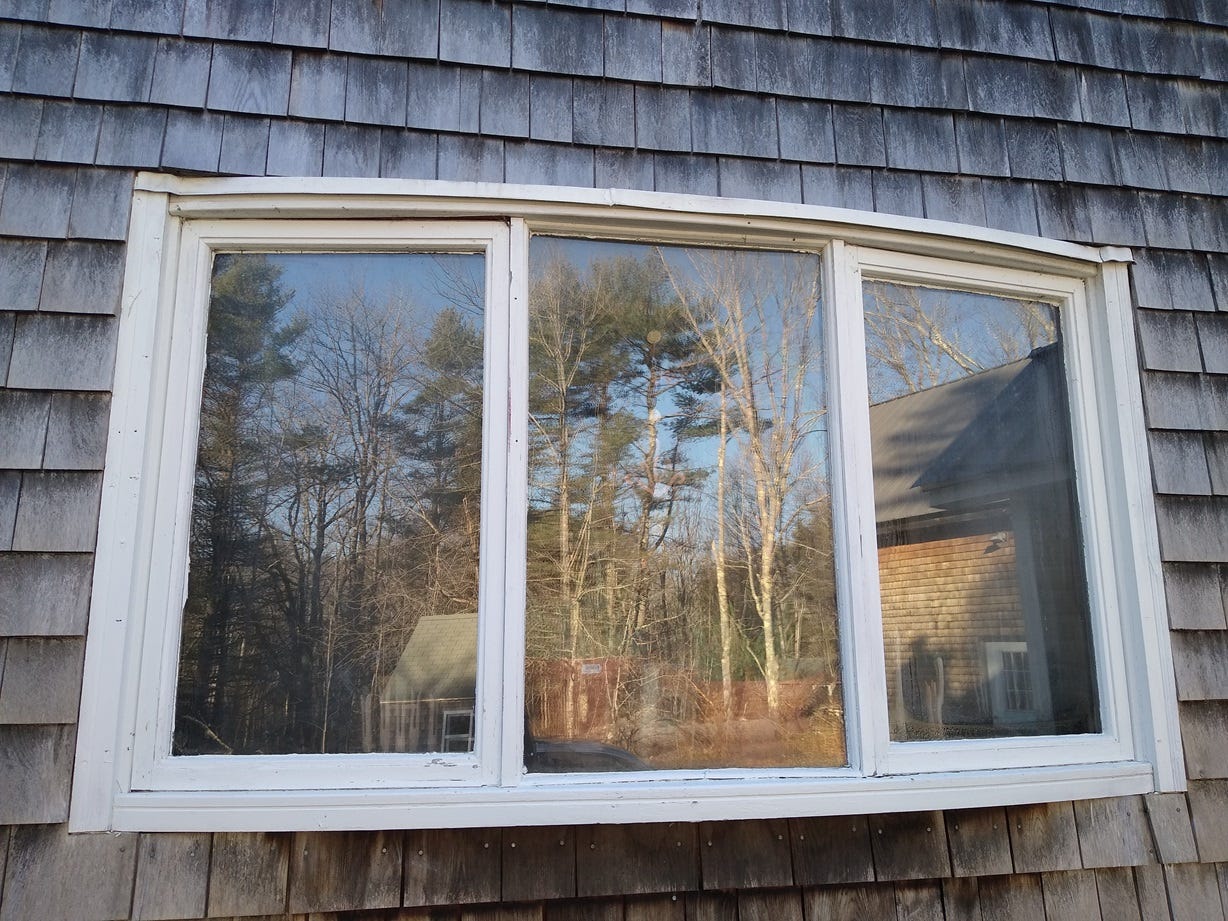
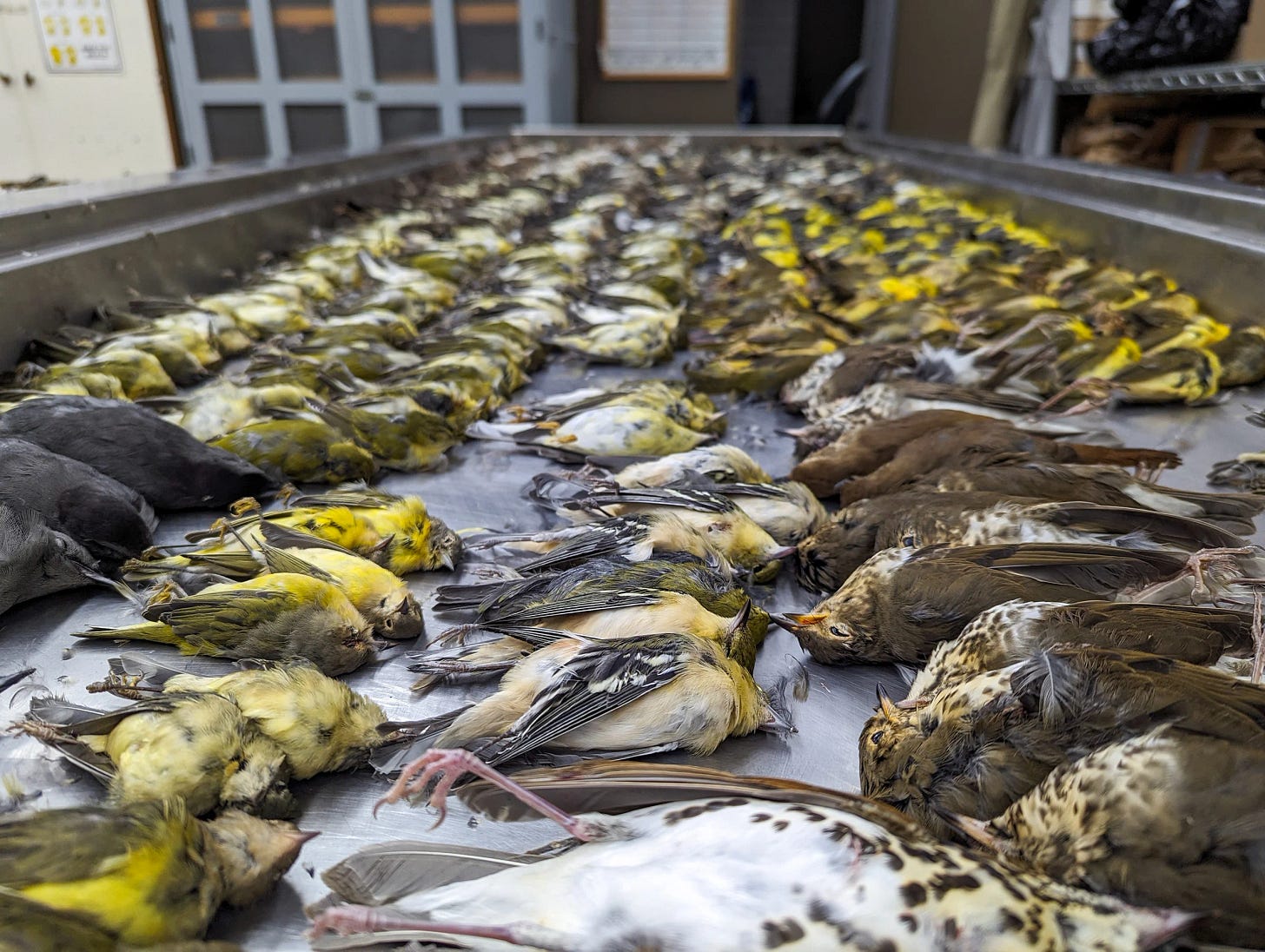
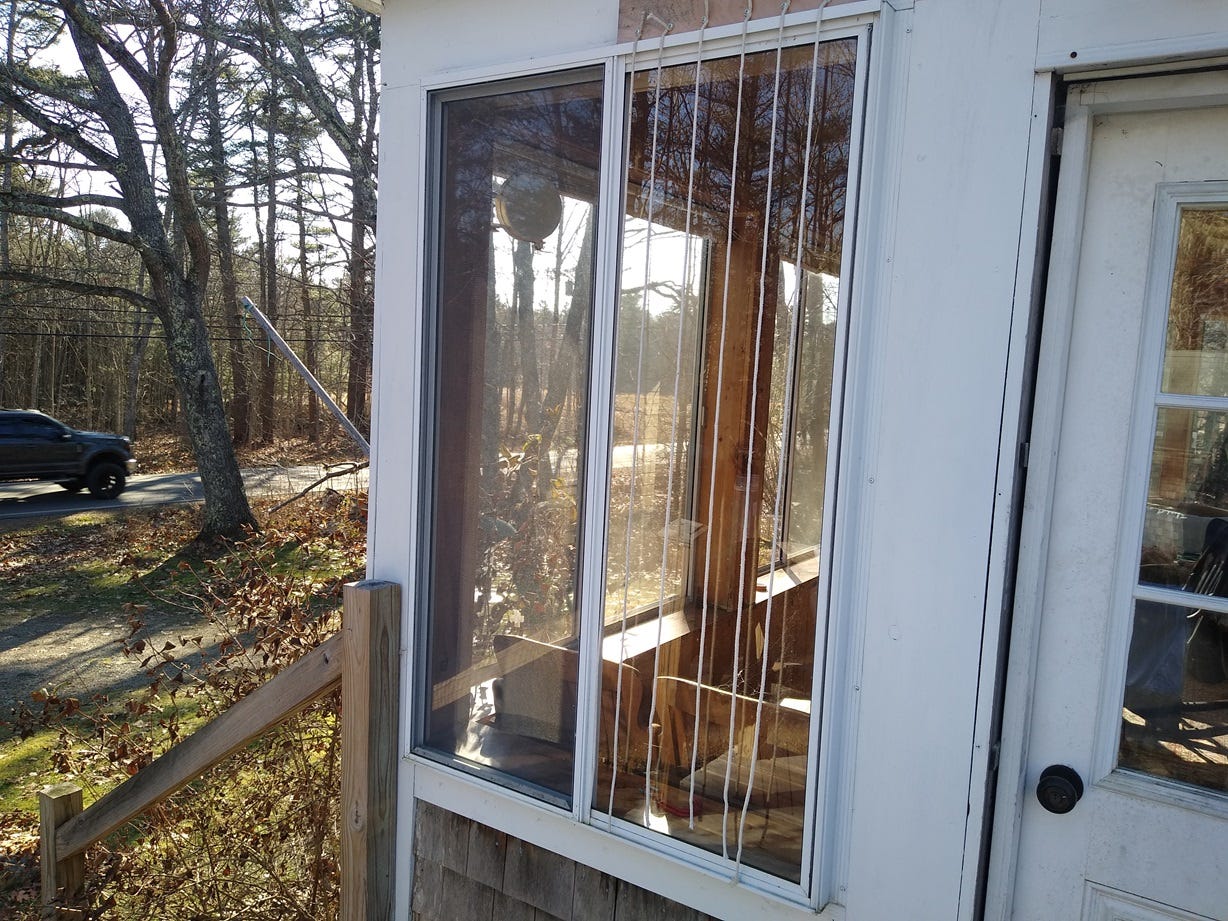


Great and informative essay -- thank you for the simple solutions to make life better. Appreciate all the research and beautiful writing.
I feel simultaneously stunned by the scale of this problem and optimistic that workable solutions exist. While it's a stubborn predicament, I like that this is an area where individual action and political/economic pressure can both have real impacts. Like, here's something we can actually fix. Brilliant.